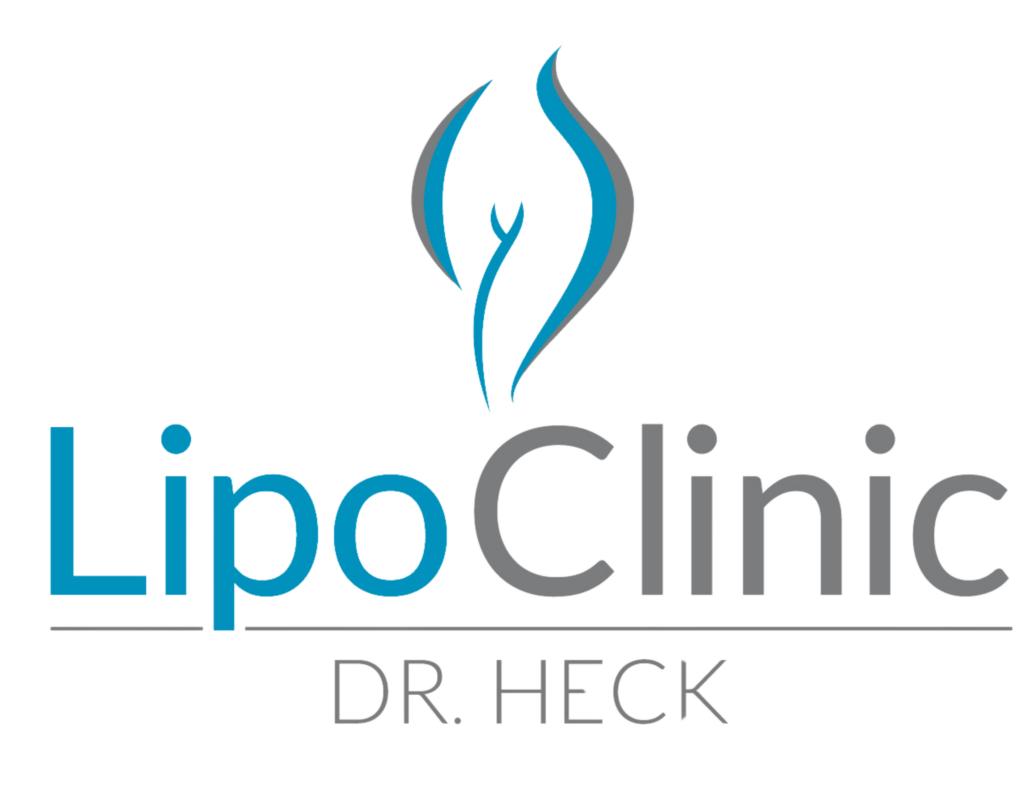Lipedema liposuction is a specialized surgical procedure designed to address the excess fat accumulation associated with lipedema. It is performed by highly skilled surgeons with expertise in lipedema management and an understanding of the unique fat distribution patterns in this condition. In this article, we will delve into the details of how treatment of lipedema works is performed, outlining the key steps involved in the procedure.
1. Pre-operative Evaluation and Planning
Before undergoing lipedema liposuction, a comprehensive pre-operative evaluation is conducted to assess the patient’s overall health, medical history, and the severity of lipedema. The surgeon will thoroughly examine the affected areas, discuss the patient’s goals and expectations, and determine the most appropriate surgical approach. Advanced imaging techniques such as ultrasound or MRI scans may be utilized to visualize the extent of fat deposition and plan the surgery accordingly.
2. Anesthesia Administration
Lipedema liposuction is typically performed under general anesthesia to ensure the patient’s comfort and safety throughout the procedure. The anesthesiologist will administer the anesthesia, carefully monitoring vital signs and adjusting the dosage as needed. This ensures that the patient remains completely asleep and pain-free during the surgery.
3. Incision Placement
Once the patient is under anesthesia, the surgeon will make small incisions strategically placed in inconspicuous locations. These incisions are typically less than half an inch in length and are carefully planned to allow for access to the targeted fat deposits while minimizing visible scarring.
4. Tumescent Solution Injection
To facilitate the fat removal process and minimize bleeding, a tumescent solution is injected into the treatment areas. The solution contains a local anesthetic to numb the area, as well as a vasoconstrictor to reduce bleeding and a saline solution to expand and firm the fat cells. The tumescent technique helps to separate the fat cells from surrounding tissues and enables smoother extraction.
5. Fat Extraction
Using specialized cannulas (thin, hollow tubes) connected to a suction device, the surgeon will carefully and skillfully extract the excess fat cells from the affected areas. The cannulas are inserted through the incisions and moved in a gentle, controlled manner to break up and suction out the excess fat. The surgeon pays meticulous attention to contouring the treated areas to achieve a more symmetrical and proportionate appearance.
6. Post-operative Care and Recovery
After completing the fat extraction process, the surgeon will ensure that any bleeding is adequately controlled and that the incisions are properly closed. The treated areas are then covered with sterile dressings or compression garments to reduce swelling and support the healing process. The patient is closely monitored in the recovery room until they are stable and awake.
7. Follow-up Care and Results
Following lipedema liposuction, patients will be provided with detailed post-operative care instructions. These instructions may include wearing compression garments, taking prescribed medications, and attending follow-up appointments to monitor healing progress. It is essential to follow these instructions diligently to optimize the results and ensure a smooth recovery.
Lipedema liposuction offers remarkable benefits for individuals with lipedema, including reduced pain, improved mobility, and enhanced body contours. However, it’s important to note that the specific techniques and approaches used in lipedema liposuction may vary depending on the surgeon and the patient’s unique needs. Consulting with a qualified and experienced liposuction specialist is crucial to determine the most suitable approach for your specific condition.
Remember, lipedema liposuction is a surgical procedure, and like any surgery, it carries some risks and potential side effects. It is important to have a thorough discussion with your surgeon, address any concerns or questions you may have, and understand the potential risks and benefits before making a decision.
If you are considering lipedema liposuction, reach out to a reputable and experienced medical center specializing in the procedure to schedule a consultation. They can provide personalized guidance, evaluate your eligibility for the surgery, and help you embark on the path to relieving the burdens of lipedema.


